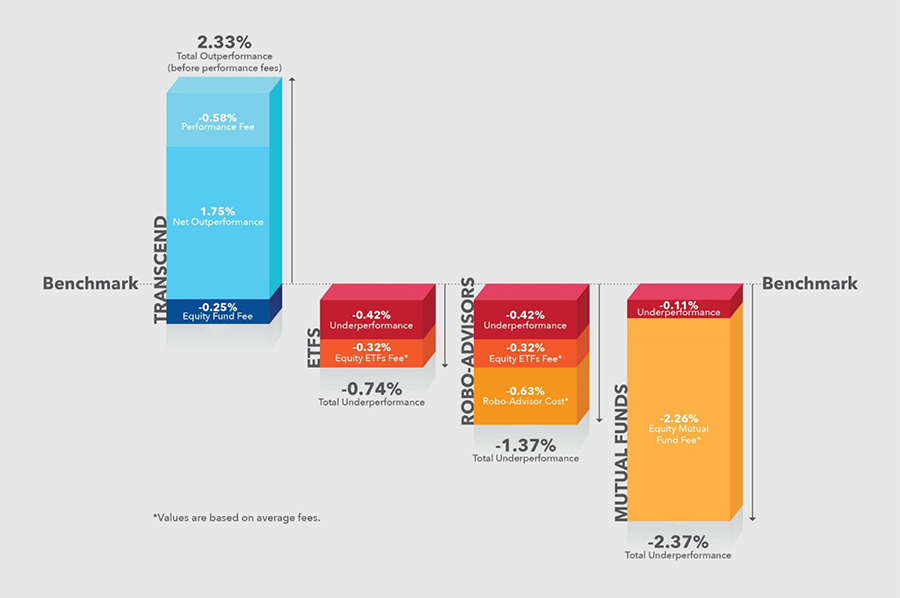 By Penelope Graham, Zoocasa
By Penelope Graham, Zoocasa
Special to the Financial Independence Hub
Real estate consumers will have to wait a little longer to access transparent housing market data: the Toronto Real Estate Board (TREB) has vowed it will take its fight to keep such information private all the way to the nation’s highest court, in response to losing its latest appeal.
The Federal Court of Appeal has rejected the real estate board’s arguments that the sharing of its database would violate both its copyright and home sellers’ privacy. It contains extensive details on past sold homes, including their asking versus sale prices, the length of time they lingered on the market, as well as the commissions earned by real estate agents.
Currently, agents can only divulge this info directly to their clients; posting it publicly on a website or emailing it to a subscriber base has been prohibited by TREB (and it has aggressively shut down past attempts to do so, including Zoocasa’s past solds emails in 2015).
Challenging Information gatekeepers
However, restricting this data was challenged by the Competition Bureau of Canada, which took TREB to the Competition Tribunal in 2011. After the case was initially dismissed and appealed, the Bureau won in 2016 (a decision immediately appealed by TREB).
The Bureau successfully argued that withholding the data was not only to the detriment of consumers, but hurt the business models of virtual online offices (VOWs for short, referring to online real estate brokerages).
The Appeals Court upheld this ruling last week, saying TREB’s database did not qualify for copyright protection, and throwing out their privacy argument. While based around the Toronto real estate market, the implications could be nationwide, setting an important precedent for how all real estate boards collect and distribute data. Currently, only Nova Scotia releases it in Canada, though it is common practice in the United States.
Better data benefits consumers
Lauren Haw, Zoocasa’s Broker of Record, says better access to sold data will help consumers make educated decisions when buying or selling real estate. For example, having access to comparable solds records can help buyers determine whether a Toronto townhouse, condo or detached home is fairly priced.
“The ability to share and display market data (such as past-sold prices) with consumers is a positive development for the real estate industry,” she says. “We strongly believe in a model where consumers are educated and able to work with experienced agents that act in an advisor capacity: not as gatekeepers of information.”






